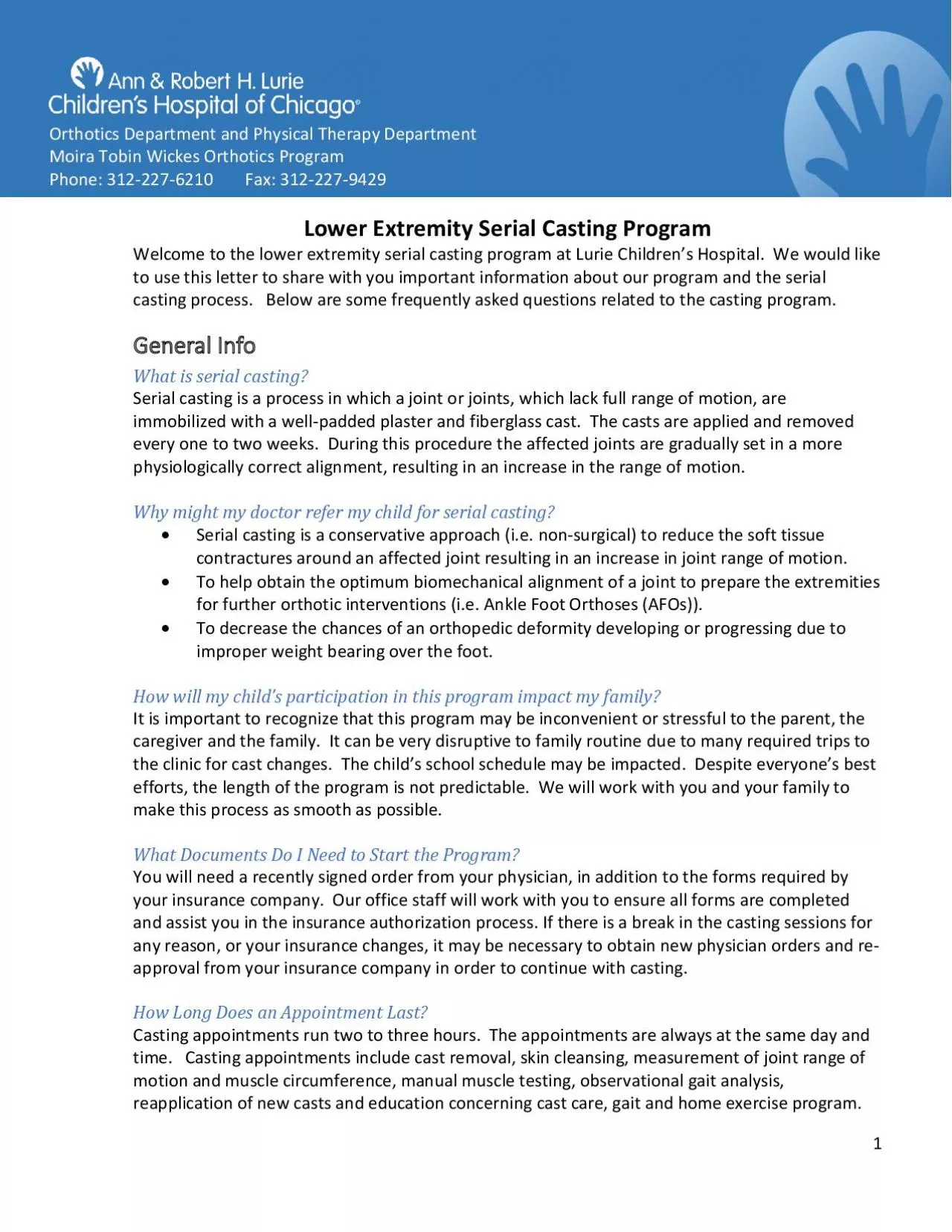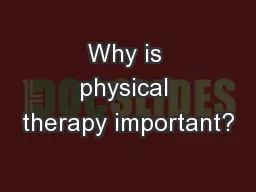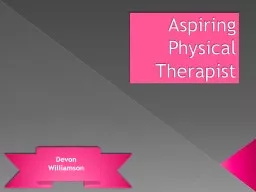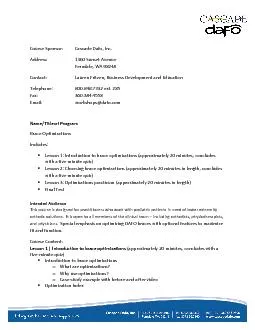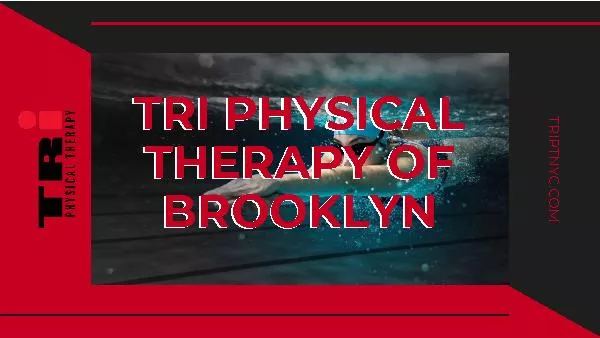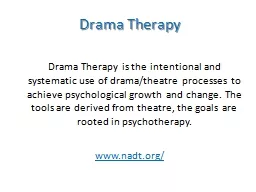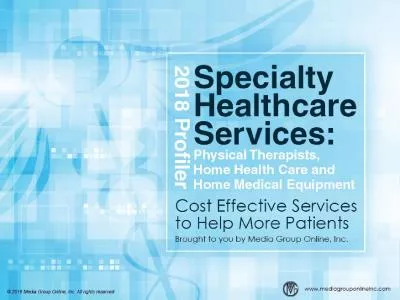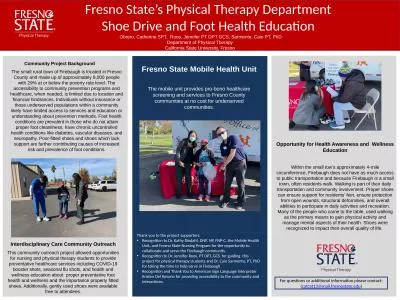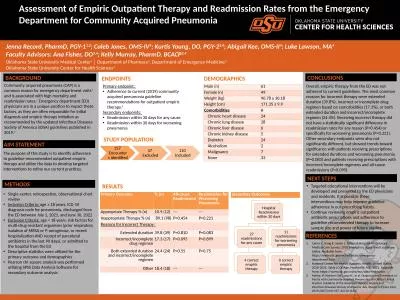PDF-Orthotics Department and Physical Therapy Department
Author : obrien | Published Date : 2022-08-21
Moira Tobin Wickes Orthotic s Program Phone 312 227 6210 Fax 312 227 9429 1 Lower Extremity Serial Casting Program Welcome to the lower e xtremity s erial c asting
Presentation Embed Code
Download Presentation
Download Presentation The PPT/PDF document "Orthotics Department and Physical Therap..." is the property of its rightful owner. Permission is granted to download and print the materials on this website for personal, non-commercial use only, and to display it on your personal computer provided you do not modify the materials and that you retain all copyright notices contained in the materials. By downloading content from our website, you accept the terms of this agreement.
Orthotics Department and Physical Therapy Department: Transcript
Download Rules Of Document
"Orthotics Department and Physical Therapy Department"The content belongs to its owner. You may download and print it for personal use, without modification, and keep all copyright notices. By downloading, you agree to these terms.
Related Documents

